Vigor should be your biggest concern when choosing plant cultivars
perennialfan275
3 years ago
Featured Answer
Comments (28)
linaria_gw
3 years agomxk3 z5b_MI
3 years agoRelated Professionals
Simi Valley Landscape Architects & Landscape Designers · Fountain Valley Landscape Contractors · Manhattan Landscape Contractors · Northbridge Landscape Contractors · Secaucus Landscape Contractors · Maple Heights Landscape Contractors · Alamo Landscape Contractors · Cliffside Park Landscape Contractors · El Segundo Landscape Contractors · Lemoore Landscape Contractors · Muttontown Landscape Contractors · New Braunfels Landscape Contractors · Charlotte Driveway Installation & Maintenance · Wentzville Decks, Patios & Outdoor Enclosures · Palos Hills Landscape Contractorsmxk3 z5b_MI
3 years agozen_man
3 years agolast modified: 3 years agoSheila z8a Rogue Valley OR
3 years agogardengal48 (PNW Z8/9)
3 years agoperennialfan275
3 years agolast modified: 3 years agodbarron
3 years agolast modified: 3 years agosummercloud -- NC zone 7b
3 years agogardengal48 (PNW Z8/9)
3 years agolast modified: 3 years agomorpheuspa (6B/7A, E. PA)
3 years agodbarron
3 years agoEdhelka (North Wales, UK)
3 years agomorpheuspa (6B/7A, E. PA)
3 years agoAddison in VT z4a
3 years agolast modified: 3 years agoWeedHater
3 years agoMarie Tulin
3 years agodbarron
3 years agoperennialfan275
3 years agoSheila z8a Rogue Valley OR
3 years agoAddison in VT z4a
3 years agolast modified: 3 years agoStephanie, 9b inland SoCal
3 years agoperennialfan275
3 years agoStephanie, 9b inland SoCal
3 years agoyeonassky
3 years agolast modified: 3 years agomorpheuspa (6B/7A, E. PA)
3 years agoDDinSB (Z10b Coastal CA)
3 years ago
Related Stories

GARDENING GUIDESWhen and How to Plant a Tree, and Why You Should
Trees add beauty while benefiting the environment. Learn the right way to plant one
Full Story
CONTRACTOR TIPSBuilding Permits: When a Permit Is Required and When It's Not
In this article, the first in a series exploring permit processes and requirements, learn why and when you might need one
Full Story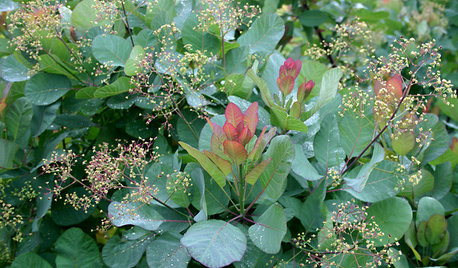
LANDSCAPE DESIGNGreat Design Plant: Old Fashioned Smoke Bush
Balance garden color with this shrub's cool blue-green foliage, luminous when backlit and sporting yellow-green flowers in spring
Full Story
HOUSEPLANTS8 Essentials for Healthy Indoor Plants
Houseplants add so much to our homes — and can thrive when grown in the right conditions. Keep these tips in mind
Full Story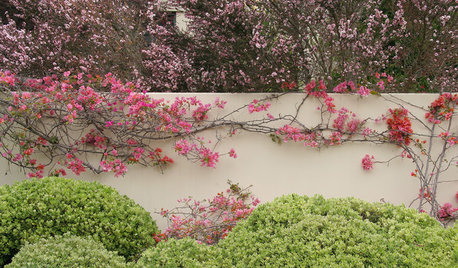
VINESHow Climbing Plants Can Improve Your Garden
When it comes to covering up bare fences and walls, vines are golden. But they can do more as well
Full Story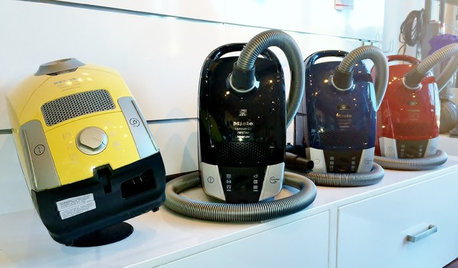
HOUSEKEEPINGHow to Choose the Right Vacuum
Upright or canister, for wood floors or carpet: These are just some of the things to consider when choosing a vacuum
Full Story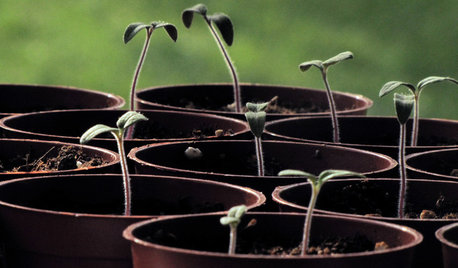
EDIBLE GARDENSPlanting Time: Get Your Garden Started With Seeds
You can get an early gardening fix — and save money too — by starting seedlings in the warm indoors
Full Story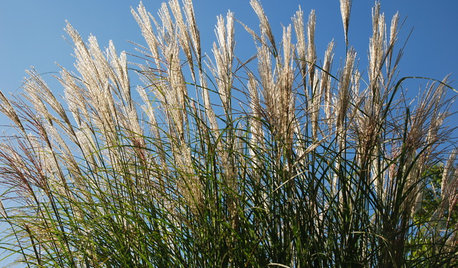
LIFEConsider Avoiding These Plants to Help Keep Your Garden Fire-Safe
Plants that accumulate dead material, are high in oil or have low moisture content in leaves put some homes at risk
Full Story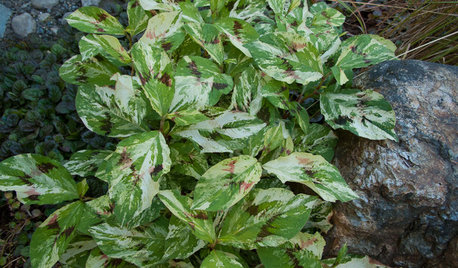
GARDENING GUIDESGreat Design Plant: Painter’s Palette Knotweed Adds Color in Shade
Use bold and colorful Persicaria virginiana for an artistic touch in a darker garden
Full Story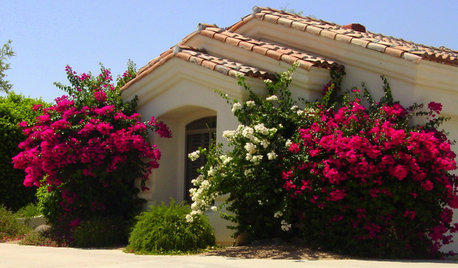
LANDSCAPE DESIGNGreat Design Plant: Sun-Loving Bougainvillea Showers Yards With Color
Bring unbeatable vibrancy to a garden or wall with this unfussy and trainable shrub packed with colorful bracts
Full StoryMore Discussions






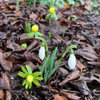

seil zone 6b MI